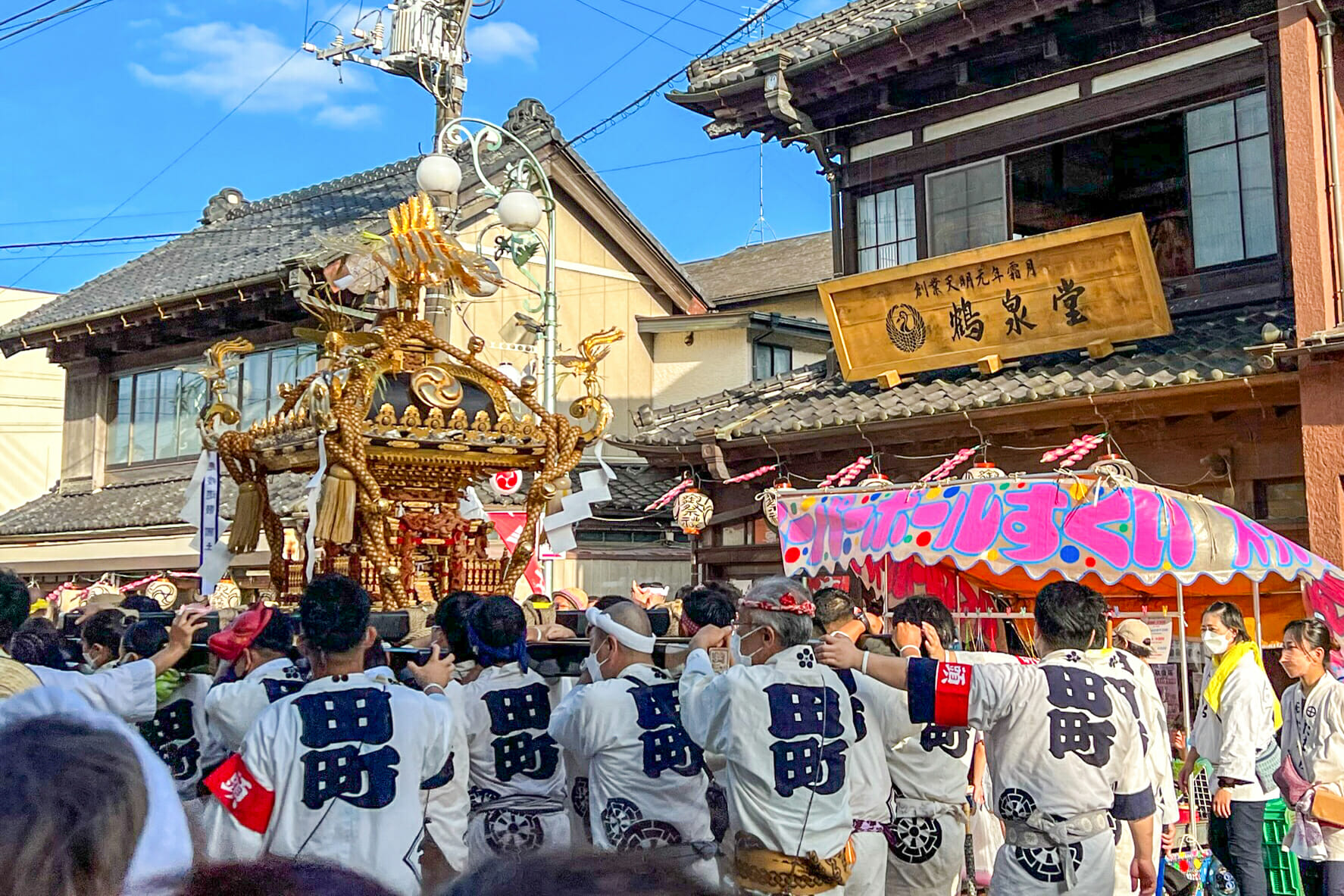
Things to Do | Visit Chiba | Latest update:2023/06/22
Matsuri, traditional Japanese festivals, are a window into the soul of the country and its people. Originally held as a sacred means of honoring the gods, matsuri continue today as a foundational communal experience in towns and cities throughout Japan. In many cases, residents view their local festival as the deepest source of pride and connection to their community.
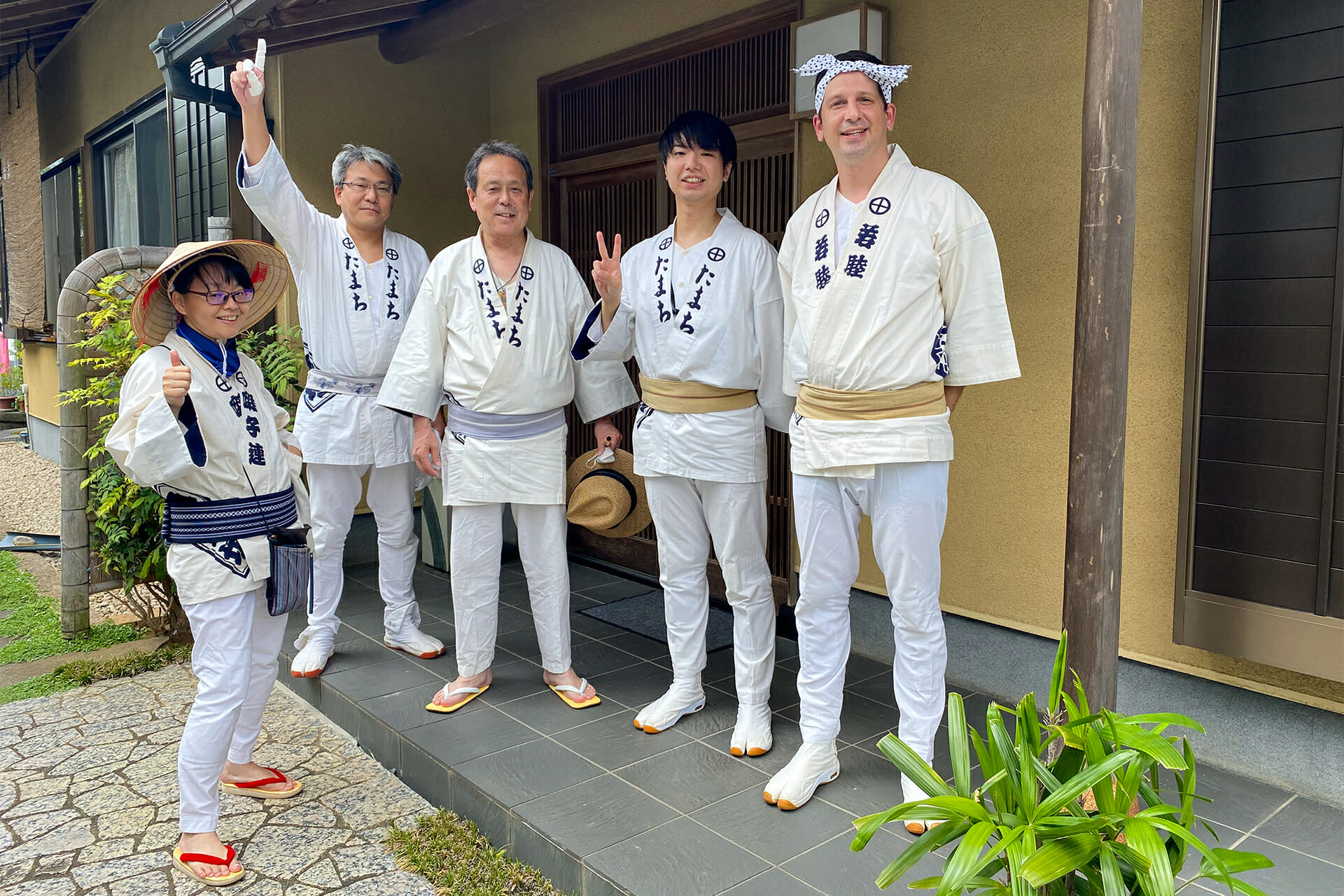
The Visit Chiba staff were able to get a rare inside and behind-the-scenes look at one of Chiba’s most beloved summer festivals, the Yaegaki Shrine Gion Festival in Sosa City. Not only were we able to join in the festivities, we got to sit down and talk with a longtime festival participant, Akio Shiina. The festival format is organized by neighborhood, and Mr. Shiina once served as the head of the Tamachi neighborhood committee. He told us that as a kid, participating in the festival felt like a summertime rite of passage and all the local children were eager for their chance to join. In his youth, the festival was also the main source of local entertainment, and residents did everything they could to make sure they were free on the day of this annual ritual, lest they miss out on the biggest day of the year. Thanks to generations upon generations keeping this tradition alive, this occasion is still the time of year when the downtown streets here come most alive.
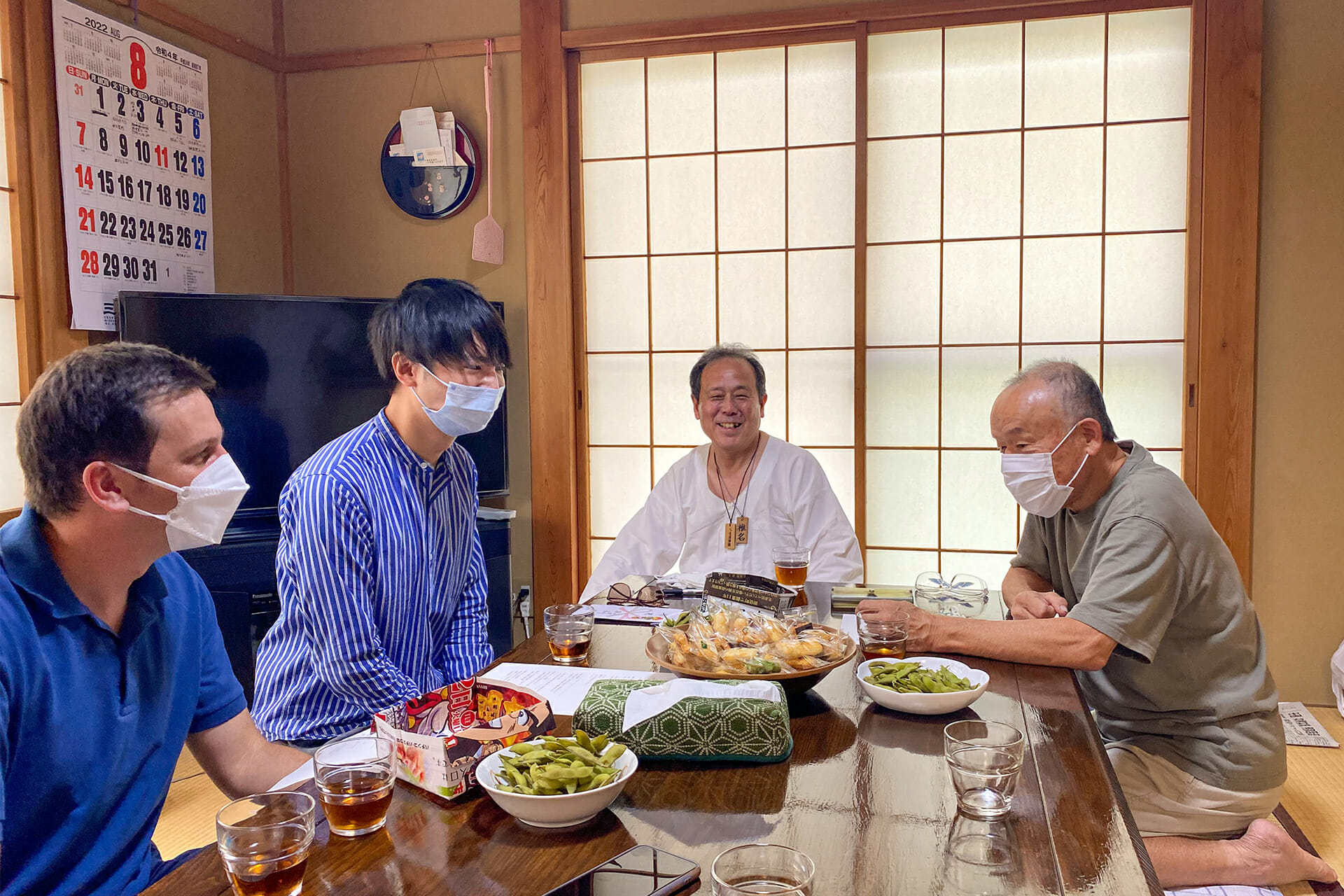
Mr. Shiina explained to us some of the things that make his hometown festival unique. Many festivals in Japan involve participants parading around carrying mikoshi portable shrines. This festival is no different, as the deity enshrined at Yaegaki Shrine is transported through the city, with each of the city’s ten neighborhoods getting their chance once a decade to carry the mikoshi designated for the god. However, what distinguishes this festival is that the parade is led by ohayashi musical performers playing traditional flutes, large taiko drums, and small percussion instruments. In most festivals, participants chant while they carry the mikoshi, but the ohayashi music performed here adds a palpable layer of excitement to the atmosphere. As we learned when we joined, carrying a mikoshi in the summer heat can be quite laborious. However, Mr. Shiina explained, “We let the rhythm of the music carry us, which in turn helps us carry the mikoshi. Because we have the music, we’re inspired to continue as long as we can. The music is the source of our energy.” Sure enough, just like Mr. Shiina said, when it was my turn to carry the mikoshi, I quickly came to realize what he meant. Although it was difficult carrying the shrine on my shoulders, the music and general thrill in the air lifted my spirits and compelled me to press on with the crowd.
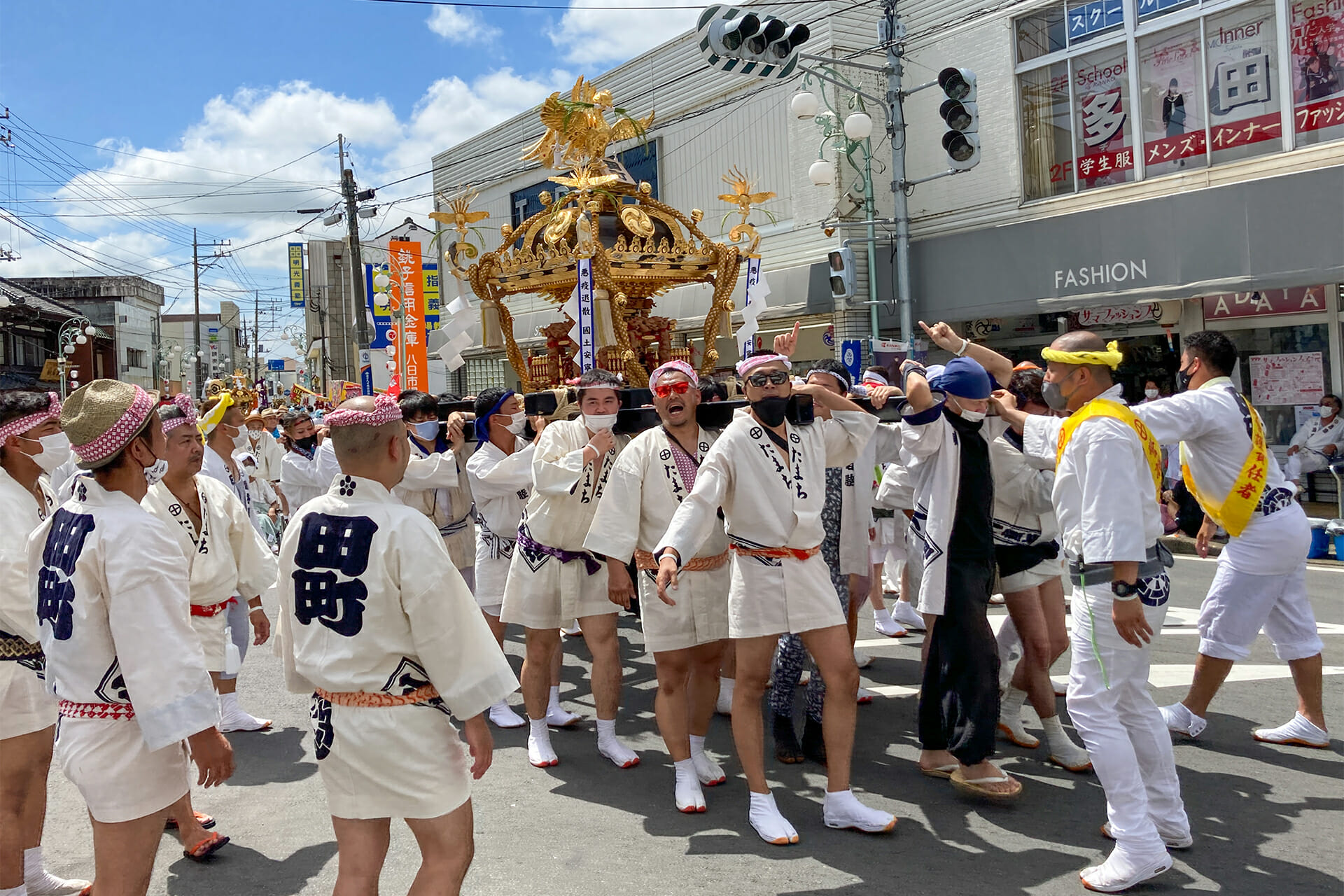
Mr. Shiina also explained to us that the melody of each of the neighborhood’s ohayashi music differs just slightly, adding another touch of originality to the event. Each neighborhood’s hanten, or traditional festival uniform coat, all vary in style as well. The Tamachi hanten we were given to wear on the day of the festival were actually designed twenty years ago by Mr. Shiina himself. The hanten are adorned with each neighborhood’s name and a symbol or insignia, but what sets Tamachi’s hanten apart is their off-white color, as opposed to the other neighborhoods who don darker colors. For me it was a badge of honor to put on the Tamachi hanten, and it helped me feel part of “Team Tamachi,” all of us together as a unit making our way through the streets bonded by a common purpose.
To see all the different hanten designs, click here: http://yaegaki.web.fc2.com/allhanten.html
 Onlookers drench the festival participants with water in a practice called 'mizukake'
Onlookers drench the festival participants with water in a practice called 'mizukake'
Of course, all the unique facets of this festival have their origins in centuries of history. It is said that large festivals which preceded the Yaegaki Shrine Gion Festival have been taking place here for nearly 500 years. According to the area’s founding story, the original settlers of current day Sosa City enshrined the deity Susanoo-no-mikoto here in 812. Traditional Shinto rules once forbade women from carrying mikoshi, but because Susanoo-no-mikoto is associated with love and marriage, a novel tradition of having this festival include mikoshi to be only carried by women was established in 1972, providing another layer of excitement and lore to the event. Although the origins are unknown, a touch of frenzy is also added by the practice of mizukake, where onlookers drench the festival participants with water.
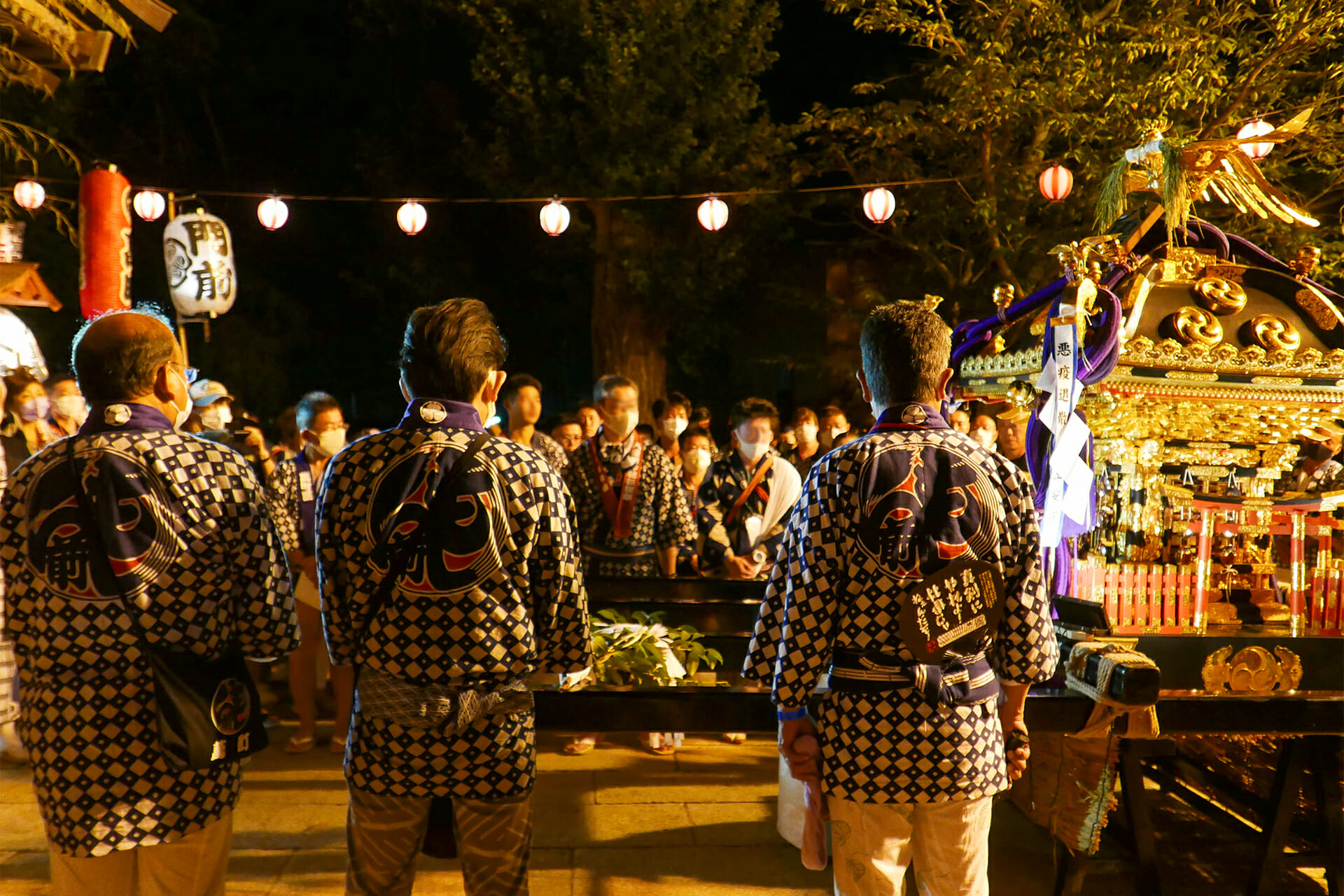
With this foundation in history, today’s festival is kept alive not only by locals, but also out of towners who have come to love this spectacle. Having participated in this festival for the first time myself, I quickly learned how intoxicating it was to get swept up in the excitement and how you’d feel such a connection to the event that you’d keep coming back. Because of the COVID-19 pandemic, this was also the first time in three years the festival was held. Even though some of the usual festivities were scaled back, it was truly a beautiful scene seeing the city streets once again bustling with crowds all coming together, creating an inviting sense of community. On your next trip, if you truly want to discover the spirit of Japan and its people, then perhaps there is no better way than to come witness one of these matsuri yourself.